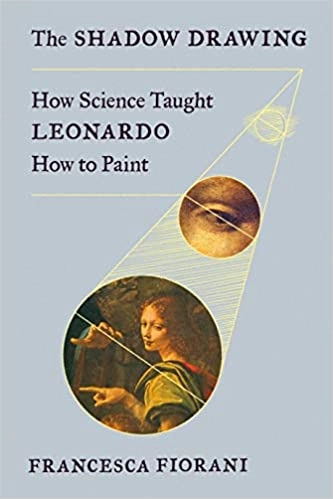Reading Level
What is the reading level of The Shadow Drawing: How Science Taught Leonardo How to Paint?
Analysing the books in the series, we estimate that the reading level of The Shadow Drawing: How Science Taught Leonardo How to Paint is 11th and 12th grade.
Expert Readability Tests for
The Shadow Drawing: How Science Taught Leonardo How to Paint
| Readability Test | Reading Level |
|---|---|
| Flesch Kincaid Scale | Grade 11 |
| SMOG Index | Grade 12 |
| Coleman Liau Index | Grade 10 |
| Dale Chall Readability Score | Grade 7 |
Reading Time
5 hrs 48 mins
How long to read The Shadow Drawing: How Science Taught Leonardo How to Paint?
The estimated word count of The Shadow Drawing: How Science Taught Leonardo How to Paint is 86,800 words.
A person reading at the average speed of 250 words/min, will finish the book in 5 hrs 48 mins. At a slower speed of 150 words/min, they will finish it in 9 hrs 39 mins. At a faster speed of 450 words/min, they will finish it in 3 hrs 13 mins.
| The Shadow Drawing: How Science Taught Leonardo How to Paint - 86,800 words | ||
|---|---|---|
| Reading Speed | Time to Read | |
| Slow | 150 words/min | 9 hrs 39 mins |
| Average | 250 words/min | 5 hrs 48 mins |
| Fast | 450 words/min | 3 hrs 13 mins |
- Authors
-
Francesca Fiorani
More about The Shadow Drawing: How Science Taught Leonardo How to Paint
86,800 words
Word Count
for The Shadow Drawing: How Science Taught Leonardo How to Paint
384 pages
Pages
9 hours and 20 minutes
Audiobook length
Description
An entirely new account of Leonardo the artist and Leonardo the scientist, and why they were one and the same man Leonardo da Vinci has long been celebrated for his consummate genius. He was the painter who gave us the Mona Lisa and The Last Supper, and the inventor who anticipated the advent of airplanes, hot air balloons, and other technological marvels. But what was the connection between Leonardo the painter and Leonardo the scientist? Historians of Renaissance art have long supposed that Leonardo became increasingly interested in science as he grew older and turned his insatiable curiosity in new directions. They have argued that there are, in effect, two Leonardos―an artist and an inventor. In this pathbreaking new interpretation, the art historian Francesca Fiorani offers a different view. Taking a fresh look at Leonardo’s celebrated but challenging notebooks, as well as other sources, Fiorani argues that Leonardo became familiar with advanced thinking about human vision when he was still an apprentice in a Florence studio―and used his understanding of optical science to develop and perfect his painting techniques. For Leonardo, the task of the painter was to capture the interior life of a human subject, to paint the soul. And even at the outset of his career, he believed that mastering the scientific study of light, shadow, and the atmosphere was essential to doing so. Eventually, he set down these ideas in a book―A Treatise on Painting―that he considered his greatest achievement, though it would be disfigured, ignored, and lost in subsequent centuries. Ranging from the teeming streets of Florence to the most delicate brushstrokes on the surface of the Mona Lisa, The Shadow Drawing vividly reconstructs Leonardo’s life while teaching us to look anew at his greatest paintings. The result is both stirring biography and a bold reconsideration of how the Renaissance understood science and art―and of what was lost when that understanding was forgotten.
